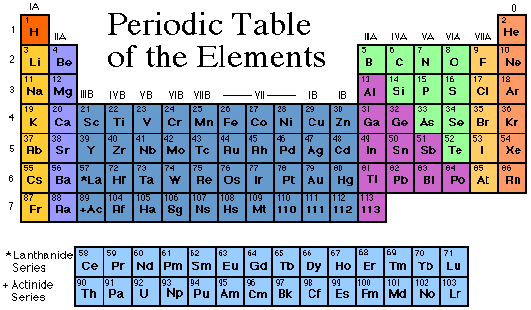[/caption]
From the name, electron volt, you might guess that this has something to do with electricity. Well, you’d be right, it does … but did you know that the electron volt is actually a unit of energy, like the erg or joule?
The symbol for the electron volt is eV – lower case e, upper case V. Like the meter, and parsec, the electron volt can have a prefix, so lots of electron volts can be written easily, so there’s a kilo-electron volt (keV, one thousand eV), mega-electron volt (MeV, one million eV), giga-electron volt (GeV, one thousand million eV), and so on.
About the energy the electron volt represents: if you accelerate an isolated electron through an electric potential difference of one volt, it will gain one electron volt of kinetic energy. Now a volt is a joule per coulomb, so an electron volt is one electric charge times one, or approx 1.6 x 10-19 joules (J).
Astronomers use electron volts to measure the energy of electromagnetic radiation, or photons, in the x-ray and gamma-ray wavebands of the electromagnetic spectrum, and also use electron volts to describe the difference in atomic or molecular energy states which give rise to ultraviolet, visual, or infrared lines, or limits. So, for example, the Lyman limit – which corresponds to the energy to just ionize an atom of hydrogen – is both 91.2 nm and 13.6 eV.
Now particle physicists use the electron volt, as a unit of energy too; however, confusingly, they also use it as a unit of mass! They do this by using the famous E = mc2 equation, so 1 eV – the unit of mass – is equal to 1 eV (the unit of energy) divided by c2 (c is the speed of light). So, for example, the mass of the proton is 0.938 GeV/c2, which makes the GeV/c2 a very convenient unit (= 1.783 x 10-27 kg). By convention, the c2 is usually dropped, and masses quoted in GeV.
Oh, and in some branches of physics, the eV is also a unit of temperature!
Would you like to read more on the electron volt? Try Energetic Particles (NASA), and How Big is an Electron Volt? (Fermilab).
Universe Today has many stories in which the electron volt features; here is a sample: Is a Nearby Object in Space Beaming Cosmic Rays at Earth?, Gamma-ray Afterglow reveals Pre-Historic Particle Accelerator, and Gamma Ray Bursts May Propel Fast Moving Particles.
The Astronomy Cast episode Gamma Ray Astronomy is a good example of electron volts in action.
Sources:
Wikipedia
NASA Science
GSU Hyperphysics






